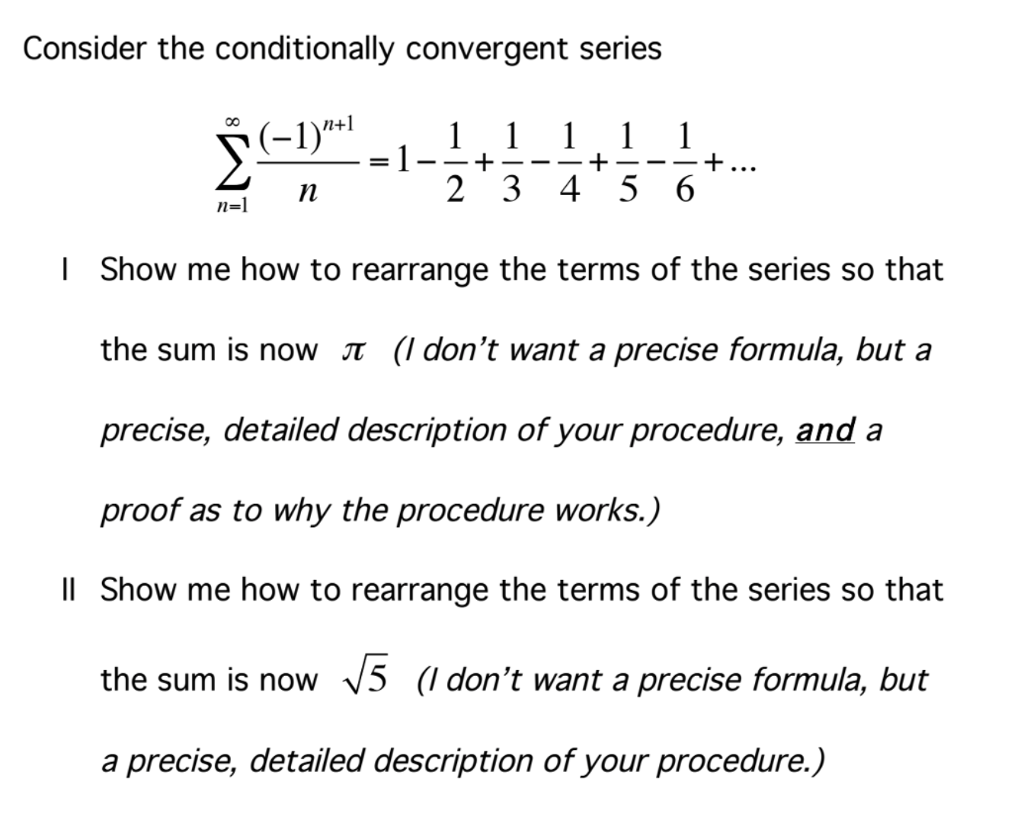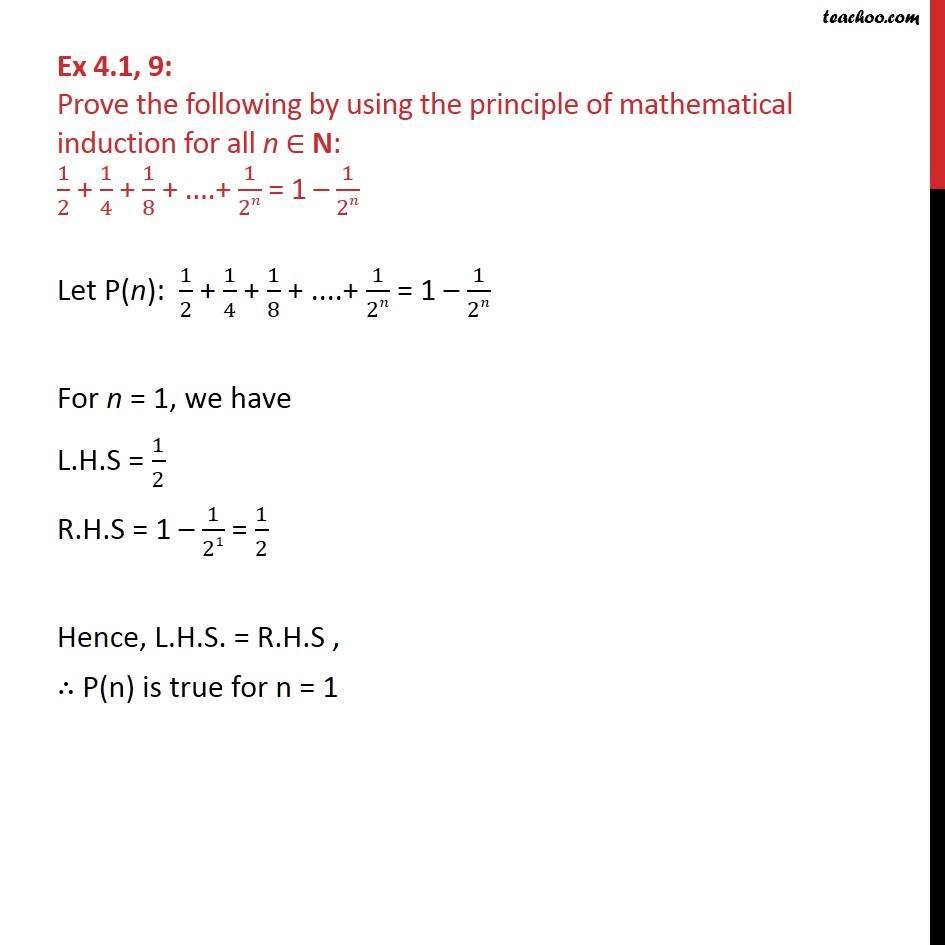1 1 2 1 4 1 N Sum Formula

Subtracting s n from both sides.
1 1 2 1 4 1 n sum formula. As n approaches infinity s n tends to 1. 1 1 2 3 5 8 13. Multiplying s n by 2 reveals a useful relationship. So the the sum might converge.
I won t go into a full explanation as it too complex. 1 a 1 a d 1 a 2d 1 a 3d. In your example the finite sums were 1 2 1 1 3 2 2 1 2 7 4 2 1 4 15 8 2 1 8 and so on. Sum of the reciprocals of the squares sum r 1 n 1 r 2 pi 2 6 sum r 1 n beta k n 1 k where beta x y is the beta function.
A simple solution solution is to initialize sum as 0 then run a loop and call factorial function inside the loop. Lim 1 n n inf 0. . So my goal is to find some type of a function that you give me the n and i will find the sum from 0 squared 1 squared 2 squared all the way to n squared.
And so you can imagine that d be useful because this might be ok if n is reasonably small. Given a positive integer n write a function to compute sum of the series 1 1. The nth finite sum is 2 1 2 n. As with any infinite series the infinite sum is defined to mean the limit of the sum of the first n terms as n approaches infinity.
Thus the value of the infinite sum is a 1 r and this also proves that the infinite sum exists as long as r 1. Regardless of anything else the function itself must converge to 0 as n inf for the sum to converge. Since this is a power series the test for convergence of the sum is very easy. Program usng while loop for the fibonansi series as shown in description.
If inverse of a sequence follows rule of an a p i e arithmetic progression then it is said to be in harmonic progression in general the terms in a harmonic progression can be denoted as. Program to find answer of the following series input steps from keybord sum e1 e2 e3 take exp function from math h program usng while loop for the fibonansi series series. Sum of the reciprocals sum r 1 n 1 r h n where h n is the nth harmonic number.












